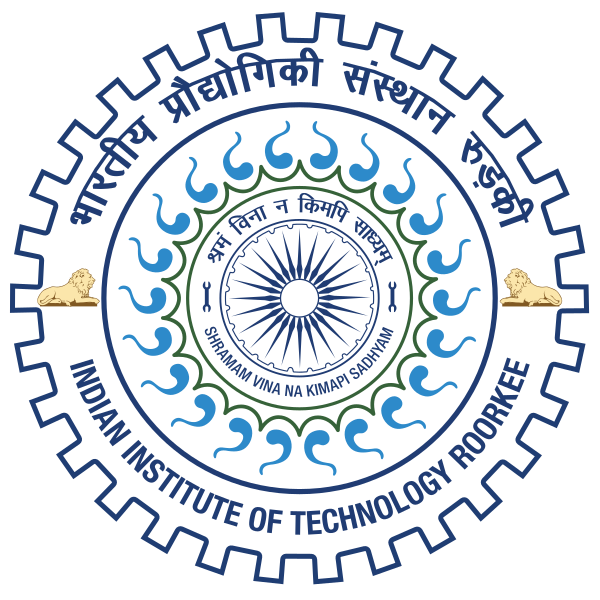Please use this identifier to cite or link to this item:
http://localhost:8081/jspui/handle/123456789/12668Full metadata record
| DC Field | Value | Language |
|---|---|---|
| dc.contributor.author | Nemani, Kamran | - |
| dc.date.accessioned | 2014-12-02T07:58:03Z | - |
| dc.date.available | 2014-12-02T07:58:03Z | - |
| dc.date.issued | 2013 | - |
| dc.identifier | M.Tech | en_US |
| dc.identifier.uri | http://hdl.handle.net/123456789/12668 | - |
| dc.guide | Sinha, Shishir | - |
| dc.description.abstract | Fluid catalytic cracking is one of the most important conversion process used in petroleum refineries. It is widely used to convert the high-boiling, high-molecular weight hydrocarbon fractions of petroleum crude oils to more valuable gasoline, olefinic gases and other useful products. Cracking of petroleum hydrocarbons was usually done by thermal cracking which has been almost completely replaced by catalytic cracking because it produces more gasoline with a higher octane rating. It also produces byproduct gases that are more olefinic, and hence more valuable, than those produced by thermal cracking. This process of catalytic cracking involves breaking up of heavier components into lighter products in the presence of catalyst. The process is very complex and requires higher temperature for the desired result. As the cracking proceeds, various components emerge and these products constitute the lumps of the overall reaction process. The final products obtained have a range of simpler components and also some uncracked products. These products make up for the lumping scheme. It is upon the person do categorize the lumping model scheme according to his needs. For example, he may put it into a simple 3-lump model or may take it into a complex 38- lump scheme. It all depends on the desirability and the need of the research work to be done to further investigate the work or go into the economic feasibility of the products. Lumping parameter scheme is a very good method for categorizing the products and determining the feasibility of any reaction in the process. Authors have picked up different type of lumping schemes but so far not any particular work was carried out in carrying out a generalized lumping scheme of products. The generalized form of scheme helps in clubbing most of lumping schemes and giving a generalized result for the reaction procedures occurring in the cracking process. The feasibility of the reaction can be determined by the estimation of kinetic parameters and hence the generalized version of lumping model scheme will be very helpful in refinery operations. | en_US |
| dc.language.iso | en | en_US |
| dc.subject | CHEMICAL ENGINEERING | en_US |
| dc.subject | N+1 LUMPED MODELING | en_US |
| dc.subject | FCC UNIT | en_US |
| dc.subject | FLUID CATALYTIC CRACKING | en_US |
| dc.title | N+1 LUMPED MODELING OF FCC UNIT | en_US |
| dc.type | M.Tech Dessertation | en_US |
| Appears in Collections: | MASTERS' THESES (Chemical Engg) | |
Files in This Item:
| File | Description | Size | Format | |
|---|---|---|---|---|
| N+1 Lumped Modeling Of FCC Unit by Kamran Nemani.pdf | 1.43 MB | Adobe PDF | View/Open |
Items in DSpace are protected by copyright, with all rights reserved, unless otherwise indicated.

